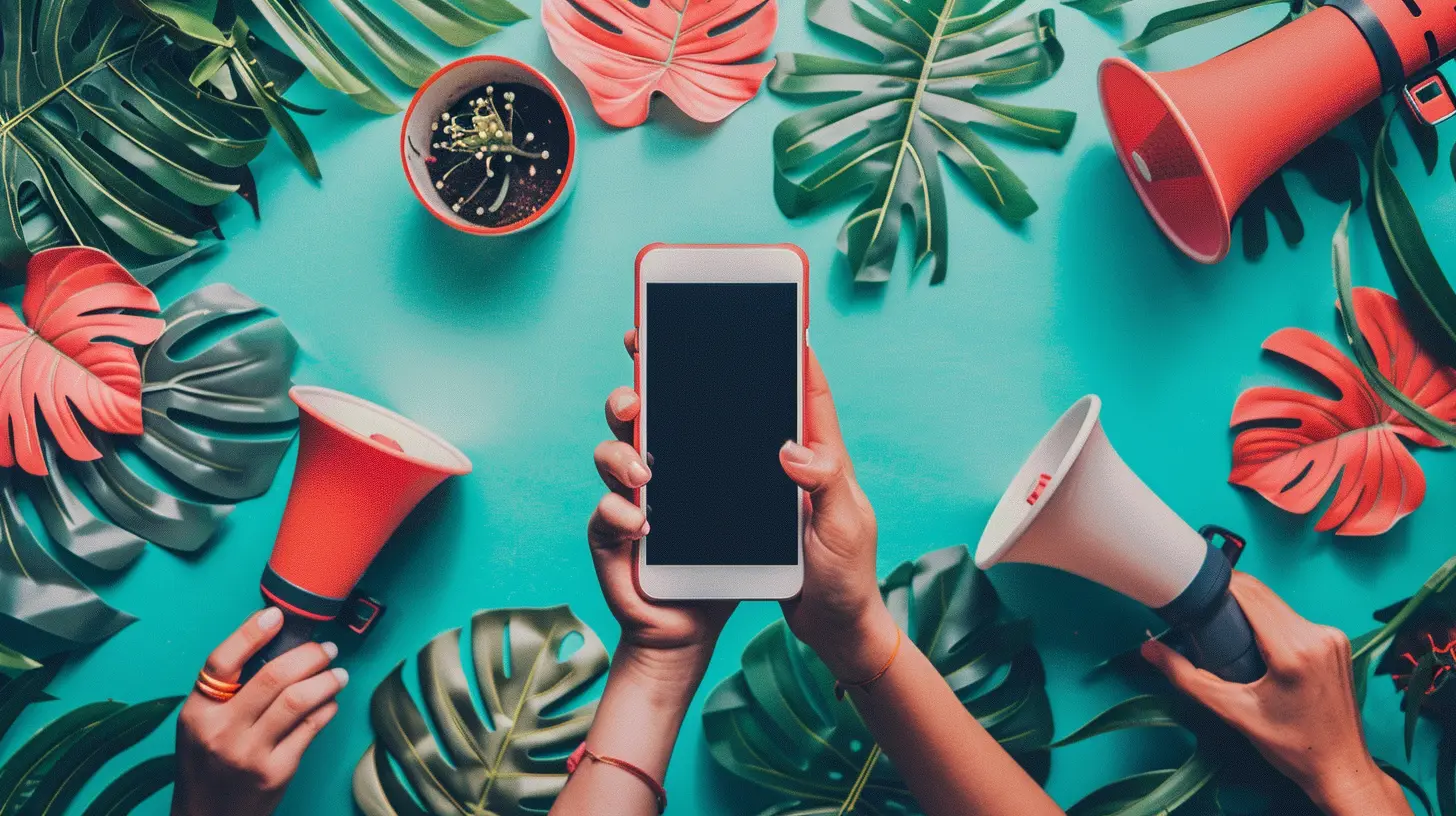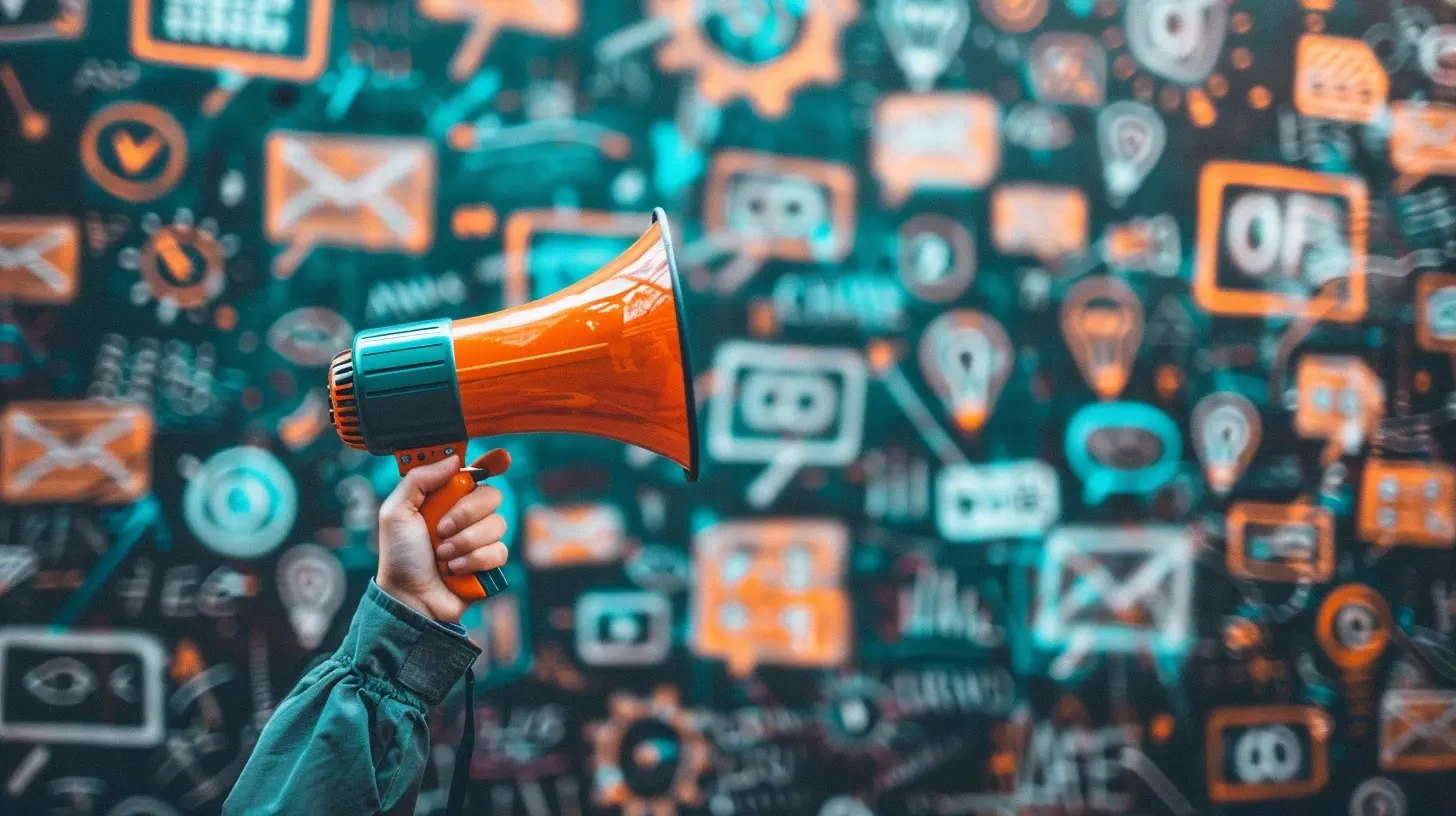The Evolution of Influencer Marketing: What’s Changed?
22 June 2025
Influencer marketing has gone through a wild transformation over the past decade. What started as a few well-known bloggers or YouTubers sharing product recommendations has turned into a multi-billion-dollar industry with its own rules, niches, and even scandals.
So, what’s changed? Well, just about everything—from who qualifies as an influencer to how brands collaborate with them, to how consumers respond. Let’s take a deep dive into the evolution of influencer marketing, break down what’s changed, and look at what that means for businesses trying to stay ahead of the curve.
The Humble Beginnings of Influencer Marketing
Let’s rewind to the early 2010s. Back then, influencer marketing was mostly an organic affair. Brands would reach out to bloggers, Instagrammers, or YouTubers with a decent following and offer them free products in exchange for a shoutout.Sound simple? It was.
There were no influencer agencies, few guidelines, and certainly no concrete metrics. If someone had a blog with loyal readers or a YouTube channel with a few thousand subscribers, they were considered a marketing goldmine.
But as social media platforms exploded, audiences grew, and influencer marketing started to mature.
The Rise of the "Mega Influencer"
As platforms like Instagram became hotspots for lifestyle and fashion content, we saw the rise of the mega influencer—think celebrities and internet-famous personalities with millions of followers.These influencers could command tens (if not hundreds) of thousands of dollars for a single sponsored post. And brands willingly paid up, thinking follower count was the magic number.
But here's the thing—just because someone has a massive following doesn’t always mean they have influence. That’s a critical lesson the industry had to learn the hard way.
From Followers to Engagement: The Shift That Changed Everything
Marketers started realizing that something wasn’t adding up. Big influencers were racking up likes, but those likes weren’t always translating into sales. That’s when engagement rate became the real MVP.Enter micro and even nano influencers—folks with smaller but highly engaged audiences. Their followers actually cared about what they had to say, trusted their recommendations, and were far more likely to take action.
It was like going from a billboard on a highway to a personal recommendation from a friend.
Now, brands are sometimes ditching big names in favor of partnering with dozens (or even hundreds) of small influencers. Why? Because the ROI often speaks for itself.
Multi-Platform Influence is the New Standard
Remember when Instagram was the platform for influencer marketing? That’s no longer the case.Today, influencers are everywhere—Instagram, YouTube, TikTok, Twitter, Pinterest, LinkedIn, even Snapchat still holds a niche presence.
What’s changed here is the diversification of content. TikTok brought the short-form video boom, pushing creators to be entertaining, authentic, and fast-paced. YouTube still thrives for long-form tutorials and storytelling. Meanwhile, Instagram has tried to keep up with Reels and Stories.
For marketers, this means considering not just who the influencer is, but where their audience hangs out and how they consume content.
Authenticity Is No Longer Optional
Let’s talk about the elephant in the room: people are sick of fake.The whole “#ad” stigma really changed how audiences view influencer content. Today’s social media users are more savvy than ever. They can sniff out a cash grab from a mile away.
So authenticity? It's the name of the game.
Influencers now have to be careful about what they promote. Gone are the days of saying yes to every PR package that lands on their doorstep. If it doesn’t align with their personal brand, they risk alienating their audience.
And smart brands are paying attention. They’re prioritizing long-term, authentic partnerships over one-off product placements. Think of it like dating—you want someone who’s in it for the relationship, not just dinner.
The Data Game Has Changed
Back in the day, brands partnered with influencers without much data backing decisions. They looked at followers, maybe glanced at some engagement stats, and hoped for the best.Now? Data is everything.
Brands want to see detailed campaign reports. They want UTM links, conversion rates, impressions, CPMs, and full-funnel analytics. Influencer marketing platforms like Aspire, GRIN, and Upfluence have popped up to help manage and track campaigns with the precision of a laser-guided missile.
And don’t forget about AI. It’s now being used to predict which influencers will be the most effective for specific campaigns based on past performance, not just vibes.
Influencers as Brands: The Entrepreneur Era
Influencers are no longer just content creators—they’re entrepreneurs.Many have launched their own product lines, books, podcasts, and even full-fledged companies. Think of Huda Kattan turning beauty blogging into a billion-dollar cosmetics brand or MrBeast turning content into burgers and chocolate bars.
This shift has changed the nature of partnerships. An influencer isn’t just promoting products anymore—they're building empires. And if your brand doesn't support their bigger picture or align with their mission, they're probably not interested.
Influencer Marketing Is Now Heavily Regulated
Influencer marketing used to be the Wild West—no rules, no accountability. But with great power comes great responsibility, right?Governments and regulatory bodies like the FTC have stepped in to enforce transparency. Disclosing paid partnerships isn’t optional anymore—it’s a must. And audiences expect it.
Hashtags like #ad and #sponsored are now standard practice. And trust me, both influencers and brands can get into hot water if they don’t follow the rules.
Regulation has added a layer of professionalism to influencer marketing—and let's be honest, that’s probably a good thing.
The Power of User-Generated Content
One of the biggest changes? Brands now view everyday consumers as influencers too.User-generated content (UGC) has become a powerhouse in marketing strategies. From TikTok challenges to Instagram Reels, regular users are creating authentic content that drives huge engagement—and sales.
Smart brands are tapping into this by encouraging customers to share their experiences and then repurposing that content across marketing channels.
It’s a win-win. Consumers get a moment in the spotlight; brands get affordable, relatable content. And in many cases, this approach performs better than traditional influencer campaigns.
The Role of Influencer Marketing in the Customer Journey
Back in the day, influencer marketing was mostly about awareness. It was like shouting from a digital rooftop, “Hey! Look at this cool thing!”But today, influencers play a role throughout the entire customer journey—from discovery to decision.
Maybe someone sees a TikTok unboxing, then hops over to YouTube for an in-depth review, and finally clicks a link from their favorite creator's Instagram to make a purchase.
This integration means that brands have to think strategically about how influencer content fits into their broader marketing funnel. It’s no longer just about exposure—it’s about conversion, retention, and even loyalty.
What’s Next for Influencer Marketing?
If there’s one thing that’s clear, it’s that influencer marketing isn’t going anywhere. But the landscape will keep changing.Some future trends to keep your eye on:
- Virtual influencers: Yes, AI-generated personalities are now a thing. It’s weird, but it’s happening.
- Live shopping: Already huge in Asia, this trend is picking up in the West. Influencers host live sessions to showcase products and drive instant purchases.
- Community-first marketing: Influencers will focus more on building tight-knit communities where followers feel like insiders—not just an audience.
Final Thoughts
The evolution of influencer marketing has been like watching a teenager grow into adulthood—messy, awkward, but also pretty amazing.From casual blog shoutouts to data-driven, cross-platform strategies, the game has changed. And if you want to stay relevant as a brand, you need to keep evolving too.
What worked in 2015 won’t cut it today. It’s not about shouting the loudest—it’s about connecting the deepest. It’s not about the biggest following—it’s about the strongest influence.
So, the next time you plan a campaign, don’t just throw money at someone with a blue checkmark. Think about your audience. Think about authenticity. Think about impact.
Because in the end, that’s what influencer marketing should be all about.
all images in this post were generated using AI tools
Category:
Influencer MarketingAuthor:

Miley Velez
Discussion
rate this article
2 comments
Simon Harris
Influencer marketing has transformed significantly, emphasizing authenticity and niche engagement over sheer follower counts.
October 23, 2025 at 2:59 AM

Miley Velez
Absolutely! The shift towards authenticity and niche engagement reflects a deeper connection between brands and audiences, prioritizing genuine relationships over mere follower numbers.
Cynthia Jordan
Influencer marketing has shifted from celebrity endorsements to authentic micro-influencers, prioritizing genuine connections. As digital platforms evolve, brands must adapt strategies to leverage this authenticity for effective audience engagement.
June 23, 2025 at 5:04 AM

Miley Velez
Absolutely! The shift towards authentic micro-influencers reflects a deeper connection with audiences, emphasizing the need for brands to evolve their strategies and build genuine relationships in the digital landscape.


